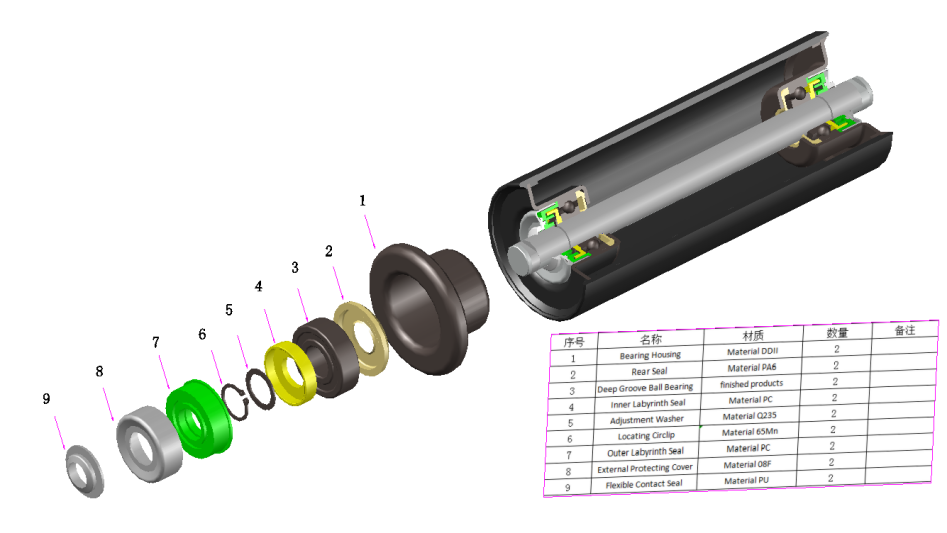 Afrikaans
Afrikaans  Albanian
Albanian  Amharic
Amharic  Arabic
Arabic  Armenian
Armenian  Azerbaijani
Azerbaijani  Basque
Basque  Belarusian
Belarusian  Bengali
Bengali  Bosnian
Bosnian  Bulgarian
Bulgarian  Catalan
Catalan  Cebuano
Cebuano  Corsican
Corsican  Croatian
Croatian  Czech
Czech  Danish
Danish  Dutch
Dutch  English
English  Esperanto
Esperanto  Estonian
Estonian  Finnish
Finnish  French
French  Frisian
Frisian  Galician
Galician  Georgian
Georgian  German
German  Greek
Greek  Gujarati
Gujarati  Haitian Creole
Haitian Creole  hausa
hausa  hawaiian
hawaiian  Hebrew
Hebrew  Hindi
Hindi  Miao
Miao  Hungarian
Hungarian  Icelandic
Icelandic  igbo
igbo  Indonesian
Indonesian  irish
irish  Italian
Italian  Japanese
Japanese  Javanese
Javanese  Kannada
Kannada  kazakh
kazakh  Khmer
Khmer  Rwandese
Rwandese  Korean
Korean  Kurdish
Kurdish  Kyrgyz
Kyrgyz  Lao
Lao  Latin
Latin  Latvian
Latvian  Lithuanian
Lithuanian  Luxembourgish
Luxembourgish  Macedonian
Macedonian  Malgashi
Malgashi  Malay
Malay  Malayalam
Malayalam  Maltese
Maltese  Maori
Maori  Marathi
Marathi  Mongolian
Mongolian  Myanmar
Myanmar  Nepali
Nepali  Norwegian
Norwegian  Norwegian
Norwegian  Occitan
Occitan  Pashto
Pashto  Persian
Persian  Polish
Polish  Portuguese
Portuguese  Punjabi
Punjabi  Romanian
Romanian  Russian
Russian  Samoan
Samoan  Scottish Gaelic
Scottish Gaelic  Serbian
Serbian  Sesotho
Sesotho  Shona
Shona  Sindhi
Sindhi  Sinhala
Sinhala  Slovak
Slovak  Slovenian
Slovenian  Somali
Somali  Spanish
Spanish  Sundanese
Sundanese  Swahili
Swahili  Swedish
Swedish  Tagalog
Tagalog  Tajik
Tajik  Tamil
Tamil  Tatar
Tatar  Telugu
Telugu  Thai
Thai  Turkish
Turkish  Turkmen
Turkmen  Ukrainian
Ukrainian  Urdu
Urdu  Uighur
Uighur  Uzbek
Uzbek  Vietnamese
Vietnamese  Welsh
Welsh  Bantu
Bantu  Yiddish
Yiddish  Yoruba
Yoruba  Zulu
Zulu Innovative Roller Guides for Enhanced Performance in Modern Machinery Solutions
Understanding Roller Guides A Comprehensive Overview
Roller guides play a pivotal role in various mechanical systems, providing essential support and facilitating smooth motion for different applications. From industrial machinery to transportation systems, the significance of roller guides cannot be understated. This article explores the types, functionalities, advantages, and applications of roller guides, shedding light on their essential role in enhancing efficiency and longevity in mechanical designs.
What Are Roller Guides?
Roller guides are devices that utilize rollers to support and guide moving parts within a mechanical system. They serve to reduce friction, ensure stability, and maintain alignment, which is crucial for the efficient operation of machines. Roller guides can be found in a myriad of applications, including conveyor systems, printing presses, and even in the automotive industry, where they support sliding doors and hoods.
Types of Roller Guides
There are several types of roller guides, each designed to cater to specific requirements
1. Linear Roller Guides These guides consist of rollers mounted in a straight line, allowing for linear motion along a designated path. They are commonly used in CNC machines and robotic arms.
2. Curvilinear Roller Guides Designed for applications requiring curved movement, these guides allow for smooth transitions around corners and bends. They are often employed in packaging machines and material handling systems.
3. Heavy-Duty Roller Guides Designed for high-load applications, heavy-duty roller guides can support significant weight and withstand rough operational conditions. These are typically used in construction equipment and heavy machinery.
4. Miniature Roller Guides These compact guides are ideal for applications with space constraints. They are often found in small electronic devices and precision instruments.
Benefits of Using Roller Guides
The implementation of roller guides in mechanical systems offers several advantages
roller guides

- Reduced Friction By using rollers, these systems significantly minimize friction compared to other guiding methods, leading to enhanced energy efficiency and reduced wear.
- Increased Load Capacity Roller guides can support heavy loads without deformation, making them ideal for industrial applications where durability is essential.
- Enhanced Precision The design of roller guides ensures that moving parts remain aligned, promoting accurate positioning which is critical in manufacturing and assembly processes
.- Versatility With various types available, roller guides can be adapted to suit a wide range of applications, making them a versatile choice for engineers and designers.
Applications of Roller Guides
Roller guides are utilized across diverse sectors, including
- Manufacturing In production lines, roller guides facilitate the movement of materials and products, ensuring efficient and fast operations.
- Transportation Used in trains and conveyor belts, roller guides help support and direct the movement of goods and passengers.
- Aerospace In aircraft assembly and maintenance, roller guides enable precise movement of heavy components, ensuring that they fit together correctly.
- Automotive In vehicles, roller guides play a critical role in mechanisms such as sunroofs, sliding doors, and hoods, enhancing functionality and user experience.
Conclusion
Roller guides are integral components in a wide range of mechanical systems, providing the necessary support and functionality to ensure smooth, efficient operations. Understanding their types, benefits, and applications can help engineers and designers make informed decisions when selecting the right guiding solutions for their projects. As technology continues to advance, the role of roller guides will undoubtedly expand, further solidifying their importance in modern engineering and manufacturing practices. By optimizing the performance and longevity of mechanical systems, roller guides contribute significantly to the overall efficiency and effectiveness of various industries.
-
Revolutionizing Conveyor Reliability with Advanced Rubber Lagging PulleysNewsJul.22,2025
-
Powering Precision and Durability with Expert Manufacturers of Conveyor ComponentsNewsJul.22,2025
-
Optimizing Conveyor Systems with Advanced Conveyor AccessoriesNewsJul.22,2025
-
Maximize Conveyor Efficiency with Quality Conveyor Idler PulleysNewsJul.22,2025
-
Future-Proof Your Conveyor System with High-Performance Polyurethane RollerNewsJul.22,2025
-
Driving Efficiency Forward with Quality Idlers and RollersNewsJul.22,2025





























